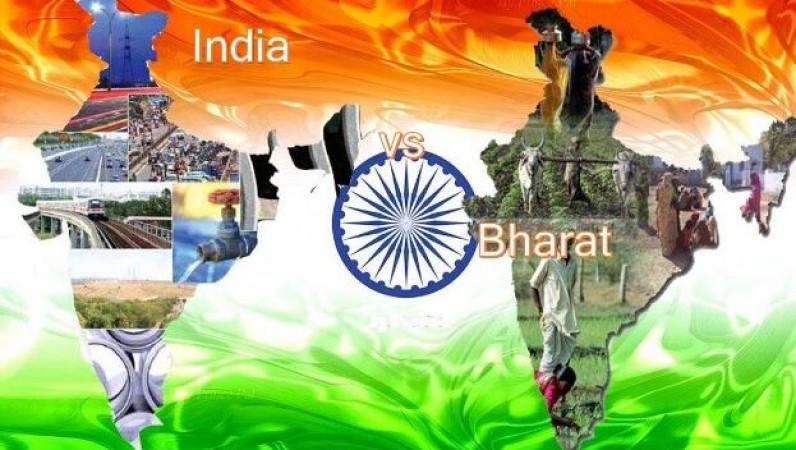
The name "India" evokes a sense of rich history, diverse culture, and ancient civilization. However, many may wonder how this vast and vibrant land came to be known as India. The journey of India's name, from ancient times to the present, is a fascinating tale of cultural exchange, linguistic shifts, and historical evolution. This article delves into the origins and reasons behind the transformation of "Bharat" to "India," unraveling the historical significance of this transition.
Origins of the Name "Bharat"
The term "Bharat" traces its roots to ancient Indian mythology and is associated with the legendary king Bharata, who was an ancestor of the Pandavas in the Hindu epic Mahabharata. The name "Bharatavarsha" was often used to refer to the vast expanse of the Indian subcontinent, extending from the Himalayas to the southern seas. It represented the ancient civilization and culture that flourished in this region. Sanskrit texts and scriptures, including the Vedas and Puranas, frequently mention "Bharatavarsha" as the land of gods, sages, and rich traditions. This name epitomized the ancient glory and spirituality of India's past.
The Transition to "India"
The transformation of "Bharat" to "India" has its roots in the period of British colonial rule in the subcontinent. The British East India Company, established in the early 17th century, gained control over various parts of India through a series of military and political maneuvers. As their influence expanded, the British began to refer to the region as "India," which derived from the Greek word "Indica" used by ancient geographers to describe the land beyond the river Indus (Sindhu). The British colonial administration introduced the term "India" in official usage during the 19th century, gradually replacing "Bharatavarsha." This shift was part of a broader cultural and linguistic influence, as British administrators imposed their language and administrative structures on the subcontinent.
Reasons Behind the Change
The change from "Bharat" to "India" can be attributed to several factors:
Administrative Convenience: The British sought to unify the vast and diverse regions of the subcontinent under a single administrative entity. The term "India" helped in establishing a uniform identity for the colonial territory.
Linguistic Influence: English, being the language of the British rulers, played a significant role in shaping official nomenclature. The term "India" was more accessible and pronounceable to the British and other foreign powers.
Global Recognition: The term "India" was already known to the world due to historical interactions with ancient civilizations and the Silk Road trade route. Adopting a name with global recognition facilitated international communication and trade.
Cultural Erosion: As British influence grew, there was a gradual erosion of indigenous cultural elements, including the use of traditional names like "Bharatavarsha."
Conclusion
The transformation of "Bharat" to "India" reflects the complex interplay of historical, cultural, and linguistic forces. The name "India" has now become synonymous with the diverse and vibrant nation that emerged from the struggles of its people. While "Bharat" represents the ancient roots and spiritual heritage, "India" symbolizes the nation's modern identity on the global stage. Understanding this historical evolution is essential to appreciate the rich tapestry of India's past and its journey towards becoming a diverse and dynamic nation.
Suhasini Ganguly: The Forgotten Flame of India's Freedom Struggle
Bina Das: Fearless Fighter of India's Freedom Struggle
Batukeshwar Dutt: The Forgotten Revolutionary Who Stood by Bhagat Singh's Side